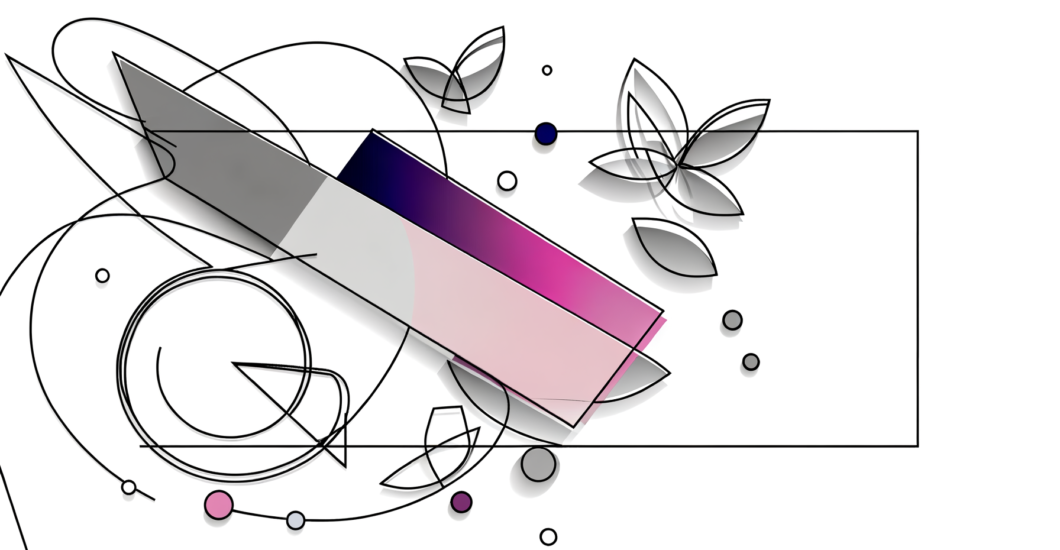What if your AI assistant could think a little faster, answer a bit smarter, and interact with you in a way that feels almost human? With the launch of Google’s Gemini 2.0 Flash, this isn’t just wishful thinking—it’s becoming reality. In an era where AI is reshaping our daily lives, Google is raising the stakes once more. The latest iteration of their AI model promises to supercharge our interactions across devices, blending information, images, and more into seamless conversations. As we continue to embed AI deeper into everything from smartphones to laptops, the implications of this upgrade are profound. It’s time to dive into how Gemini 2.0 Flash is set to transform our technological landscape.
Speed Meets Substance
In a world where seconds count, especially in tech, speed is everything. Google’s Gemini 2.0 Flash promises just that: lightning-fast responses that feel intuitively responsive. This upgrade isn’t just about faster calculations; it’s about enhancing user experience. Whether you’re brainstorming ideas or seeking instant information, the AI’s ability to provide speedy assistance is designed to keep the momentum flowing. Imagine drafting an article or planning your week—having an AI that can generate insights quickly can redefine productivity. In essence, the stakes are high. If Google can make its assistants faster and smarter, it might just shift the entire landscape of digital interaction.
Conversations That Flow
Gone are the days of stiff, robotic responses that feel more like a chore than a conversation. With Gemini 2.0 Flash, AI interactions are evolving to be more organic and integrated. Users can now embed images, files, and even YouTube videos directly into their chats with AI assistants on Samsung Galaxy and Pixel devices. Picture this: you have a query about cooking techniques, and instead of sifting through paragraphs of text, your AI assistant pulls up a relevant video tutorial right in the conversation. This level of engagement doesn’t just enrich the exchange; it turns the AI assistant into a true collaborator, making it easier than ever to brainstorm, learn, and create.
Intertwining AI in Our Devices
Google’s vision extends beyond efficiency; it’s about embedding AI into the very fabric of our devices. The compatibility of Gemini 2.0 Flash with flagship devices like Samsung Galaxy and Pixel means that cutting-edge technology is now more accessible than ever. As users adapt to this more intuitive interface, we may see a shift in user behavior. Are we ready to reevaluate our relationship with technology? Google seems to believe this AI-enhanced experience is not just an upgrade; it’s a new way of engaging with our digital environment. As Leo Tolstoy might say, “All happy technology is alike; each unhappy technology is unhappy in its own way.”
The Future is Collaborative
The way we collaborate with technology is changing, and Gemini 2.0 Flash stands at the forefront of this shift. With remarkable upgrades to its capabilities, Google is essentially nudging us towards a future where AI serves not just as a tool, but as a teammate—offering insights, creativity, and assistance tailored specifically to us. This could change the very fabric of education, work, and creativity. If a user can effortlessly draft plans or brainstorm ideas in real time, what does that mean for influencers, writers, or even students? The answer might lie in an explosive wave of innovation, ushering in an era of enhanced creativity fueled by collaboration.
The Ripple Effect of Advanced AI
As Google seamlessly integrates AI into our daily routines, the ripple effects extend far beyond functionalities. This evolution invites users to rethink how AI fits into their lives—spurring discussions on ethics, privacy, and the future of work. With such capabilities at our fingertips, we must balance the power of AI with mindful usage. What new personal and societal questions will arise as we become more reliant on this technology? The dialogue is just beginning, but the implications could reshape our understanding of human interaction in the digital age.
In a world increasingly driven by technology, Google’s Gemini 2.0 Flash stands poised to redefine how we engage with AI across our devices. The speed, interactivity, and compatibility challenges our perceptions of what digital communication can be. As we embrace this evolution, we’re left to ponder an essential question: How will our relationship with technology evolve as these AI-powered interactions become the norm? Perhaps moving forward, we won’t just talk to our devices; we’ll learn, create, and collaborate with them—turning AI from a simple assistant into a genuine partner.


